Inventory Cost: Definition & Types
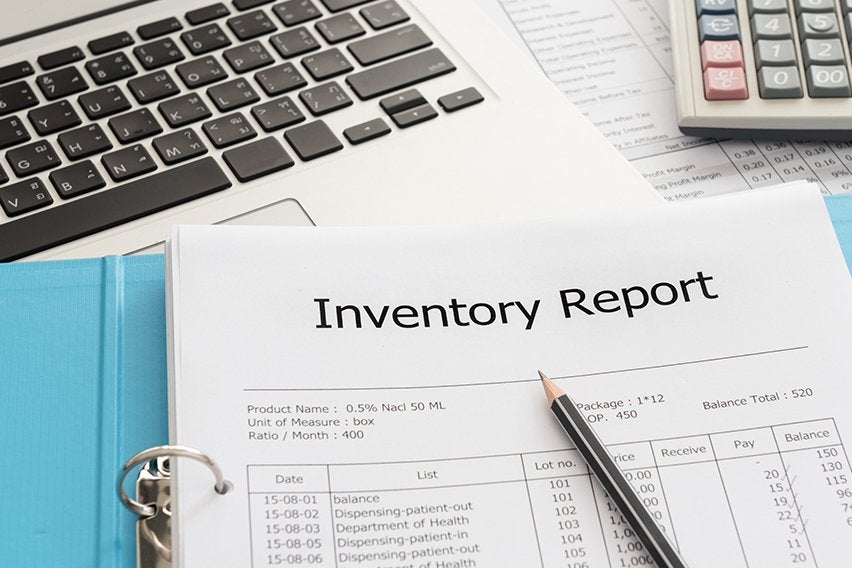
There are many different things that need to be considered when you’re running your own business.
It can sometimes seem like you’re spinning plates as you’re trying to figure out the many different aspects of running a business. One of the most daunting yet important parts is the financial health of your company.
If you are a product handling business, then your inventory is a key aspect of your finances. Inventory is seen as the lifeblood of a business.
If you get it wrong, then you can waste huge amounts of money and your business can collapse. Get it right however, and you’re got a fantastic platform on which to build your success.
We’ll take a look at the cost of inventory and why it is so important to keep track of. We’ll give you a breakdown of the importance, definition and the different types of inventory cost you may come across.
Here’s What We’ll Cover:
What Are the Benefits of Inventory Management?
What Are the Different Types of Inventory Costs?
What Is Inventory?
Inventory is a blanket term that is used to describe the goods that a business may sell.
For example, a bakery’s inventory will consist of both the raw materials used to create their products, as well as the finished goods themselves.
However, things such as baking utensils, ovens, aprons etc do not count as inventory. Whilst they are necessary to the production side of the business, they are not sold to customers.

What Is Inventory Cost?
Inventory cost refers to the costs that are associated with the procurement, storage and management of a business’ inventory.
This umbrella term will include costs such as:
- Ordering costs
- Holding costs
- Spoilage costs
- Stock out costs
A business’s inventory is one of its most important assets, whether you are a company or a manufacturer. Therefore it is vital that your inventory is well handled and organized.
Inventory management is a crucial aspect of running a small business. Without good management, all other aspects of your business such as its cash flow will be negatively affected.
What Are the Benefits of Inventory Management?
There are a number of benefits that come with a good level of inventory management. Some of these benefits include:
- Maximizing Sales: Good inventory management means that you’ll never run out of a popular product that is selling well.
- Lowering Bills: By streamlining your inventory, you can reduce storage costs. This is by ordering fewer of your slow-moving items.
- Avoiding Waste: You can keep tabs on any write-offs. This may be due to damage, product expiry or theft.
- Getting Better Deals: When you know what you should be ordering a lot of, you can look for bulk discount deals.
- Pinpointing the Profit: Properly tracking your inventory costs will help you to figure out where the true profit margins are. This is seen on each product line that you sell.
- Helping Your Marketing Team: By tracking your sales, you can identify seasonal sale habits and trends. This in turn will help you to plan promotions.
Having a good level of inventory management can help to reduce inventory costs. This in turn means that your business can be more efficient and streamlined.
What Are the Different Types of Inventory Costs?
Whilst we briefly touched on the different inventory costs, it’s important to dig a little deeper into each type.
Ordering Costs
A business’s ordering costs, also known as setup costs, are costs incurred each time you place an order from your supplier or manufacturer. Ordering costs may include things such as:
- Admin Costs: There are a number of administrative costs that come when ordering from a supplier. This may be things such as invoice processing, accounting and any communication costs.
- Searching Costs: It can cost money trying to find suppliers and expediting orders. These will likely be inconsistent costs, but they are still important expenses for businesses.
- Transportation Costs: This is the cost of moving goods from one place to another. It could be moving from their warehouse to your store, or even from one warehouse to another. These costs are highly variable depending on the industry and items being moved.
- Receiving Costs: This is the cost of unloading goods at your place of business. It also includes the cost of inspecting them to make sure that they fit what you ordered and don’t have any defects.
Holding Costs
Holding costs, sometimes known as carrying costs, are the costs that are involved with storing inventory before it is sold. This counts for both raw materials and finished goods as in some cases they will have to have different storage methods.
The costs that are associated with holding costs may include:
- Inventory Financing Costs: These include everything that is related to the investment made in inventory. This includes costs such as interest on working capital. These costs can be difficult to wrap your head around but often vary from business to business.
- Opportunity Costs: Having inventory is seen as a type of investment. You are tying up a portion of your capital with the intent to grow this capital from sales. However, any money that is currently being used on inventory therefore cannot be used for other investments. This is seen as money lost as an opportunity cost.
- Storage Space Costs: Storage doesn’t come cheap. There are always costs associated with where the inventory is stored and the method it is stored by. If you have small, non-degradable and easily stored products then your costs may be low. But if your products need a certain level of storage care such as lighting, heating, ventilation or refrigeration, then your costs may rise. Depreciation and property taxes are also included in storage space costs.
- Services Costs: This is the cost of the physical handling of the goods. It also includes insurance, security and any other handling costs.
- Inventory Risk Costs: This cost covers any loss of product between the purchasing stage to the selling stage. This could be for any number of reasons, such as theft, shipping errors, damage or vendor fraud.

Shortage Costs
Otherwise known as stock-out costs, shortage costs happen when a business becomes out of stock of a product. This can happen for a variety of reasons. Shortage costs include costs such as:
- Disrupted Production: If your business involves producing goods as well as selling them then a shortage will disrupt production. This will incur costs such as idle workers and production overheads when nothing is being produced.
- Emergency Shipments: If you run out of a product, you may have to pay extra to get an emergency shipment sent in. You may also have to pay a higher rate at another vendor.
- Reputation Costs: A stock out can lead to customers taking their business elsewhere. This can in turn lose you future customers due to a damaged reputation.
Spoilage Costs
If you have perishable inventory stock, then you could fall foul to spoilage. If a product isn’t sold in time, then it may go past its sell-by date.
This is a concern for industries like food and beverage, pharmaceutical and cosmetics. Spoilage costs not only cost money to deal with, but you’ll also fail to realize a return on your initial inventory investment.
Key Takeaways
Inventory costs are an important metric to keep track of. You should always be looking to be as efficient and cost-effective with your inventory as possible.
After all, it’s your inventory that is keeping your business running. So it should be treated with the care and attention that it deserves.
Are you looking for more business advice on everything from starting a new business to new business practices?
Then check out the FreshBooks Resource Hub.
RELATED ARTICLES

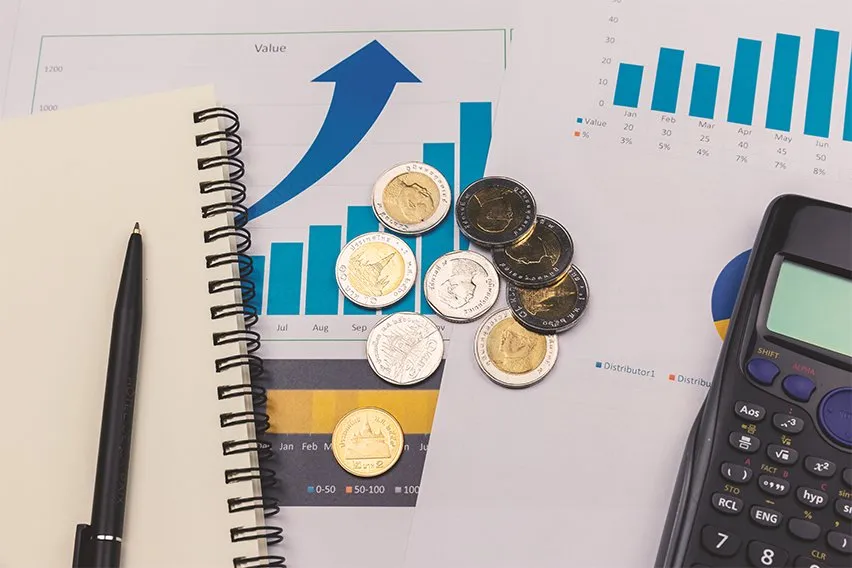 How to Calculate Cash Flow
How to Calculate Cash Flow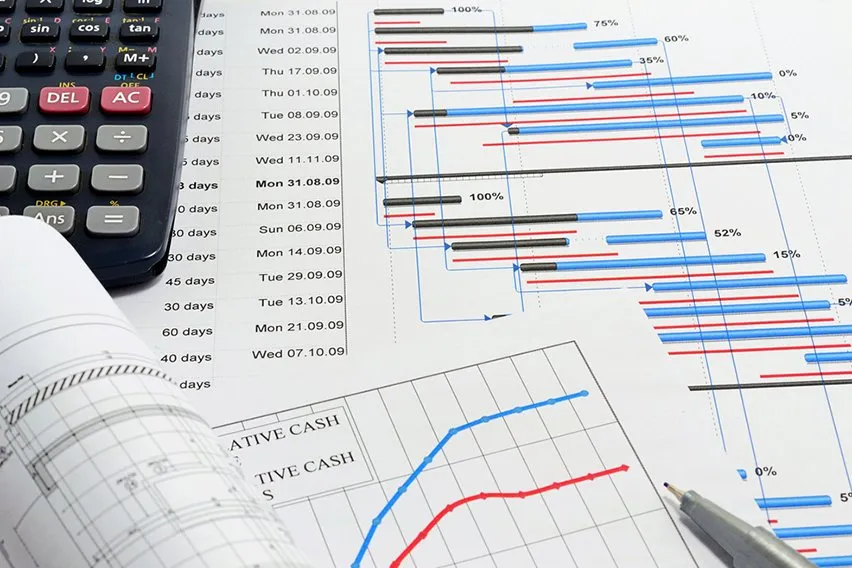 How to Create a Cash Flow Projection
How to Create a Cash Flow Projection What Is Net Revenue? Definition & Formula
What Is Net Revenue? Definition & Formula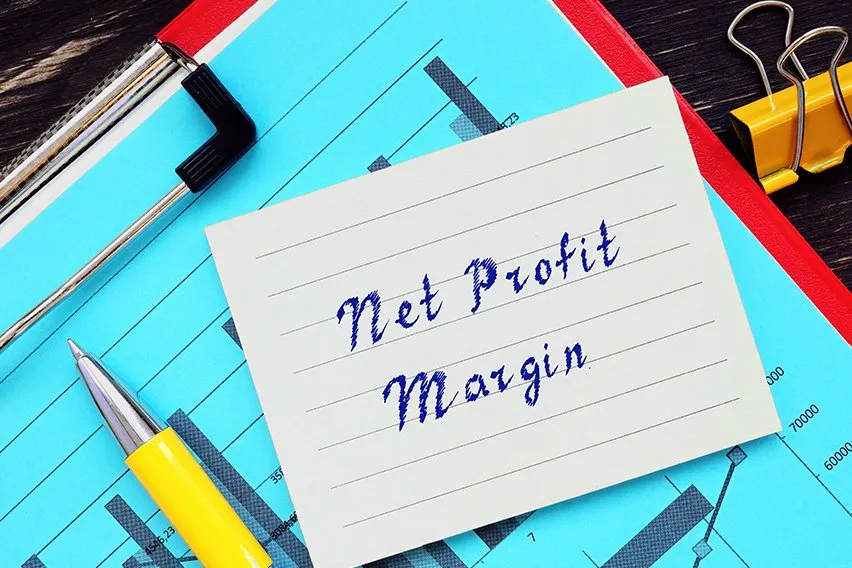 Net Profit Margin: Definition, Example & Calculation
Net Profit Margin: Definition, Example & Calculation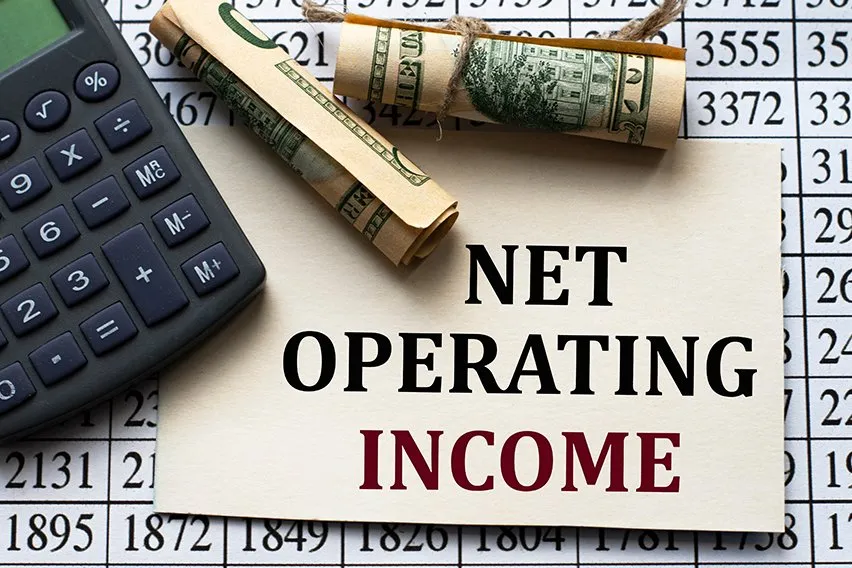 Operating Income: What Is It?
Operating Income: What Is It?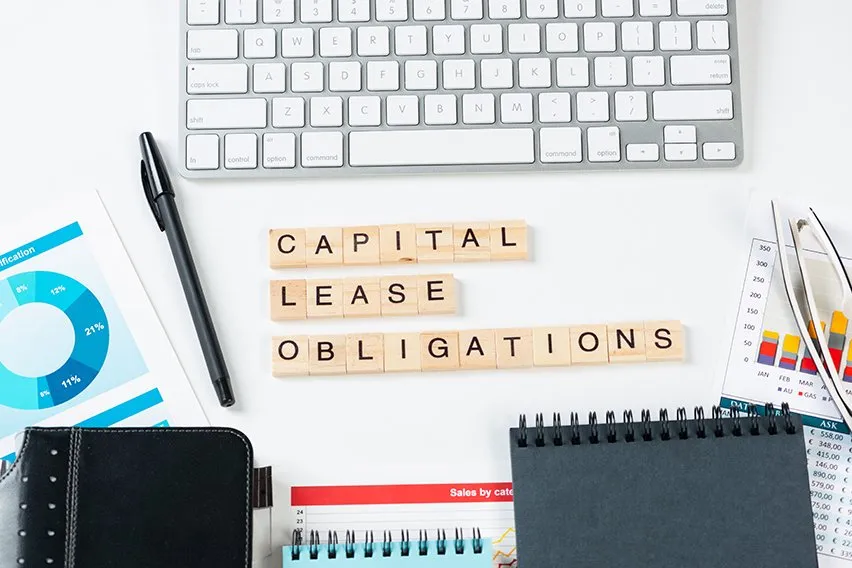 Capital Lease Vs Operating Lease: What’s the Difference?
Capital Lease Vs Operating Lease: What’s the Difference?